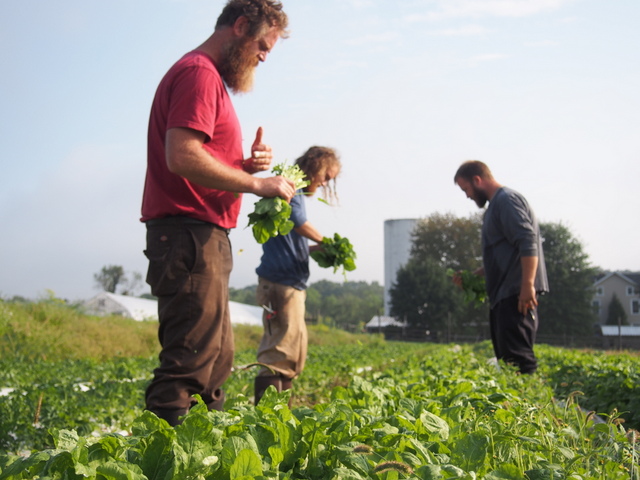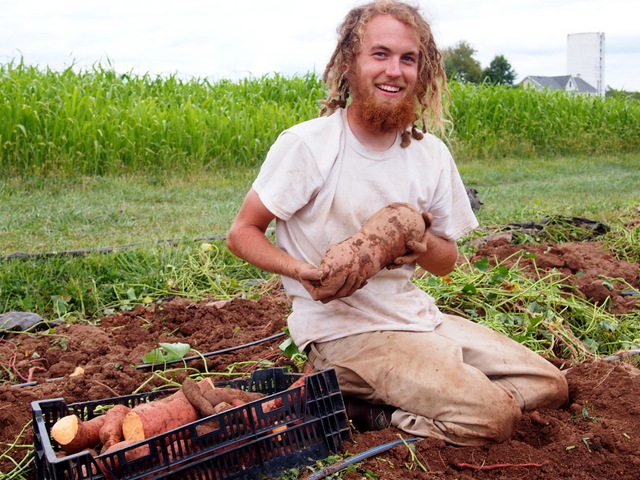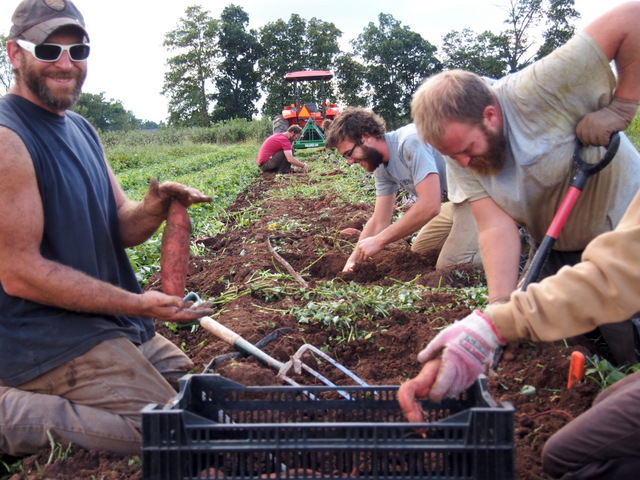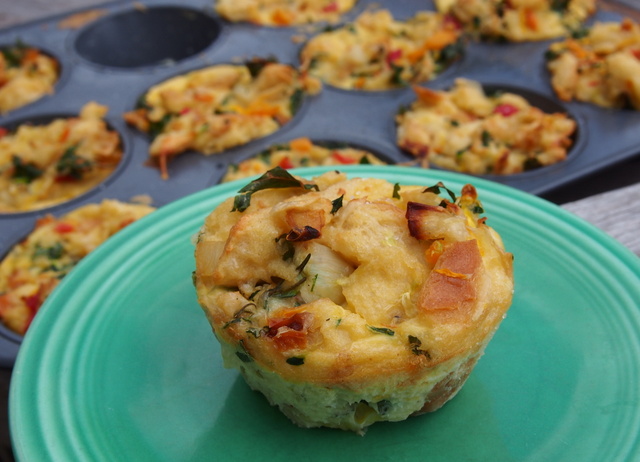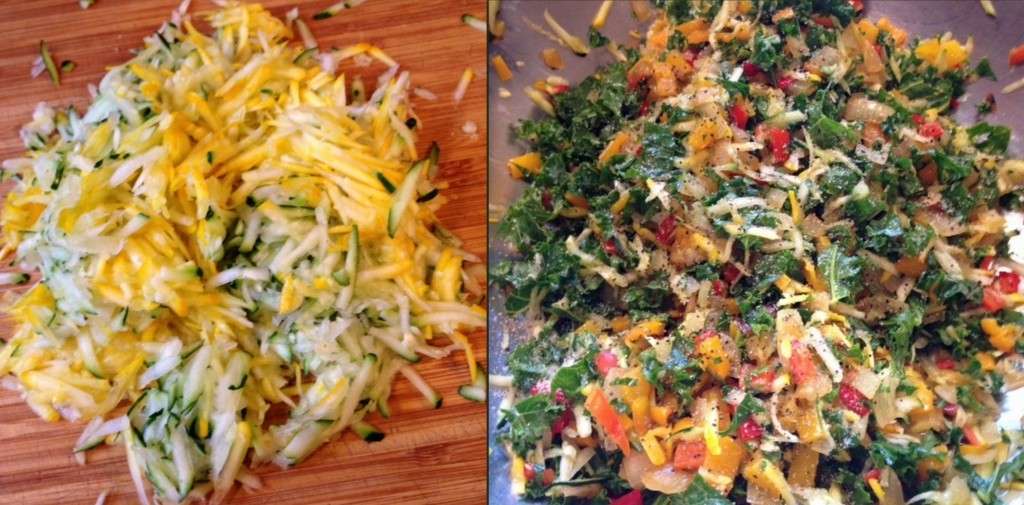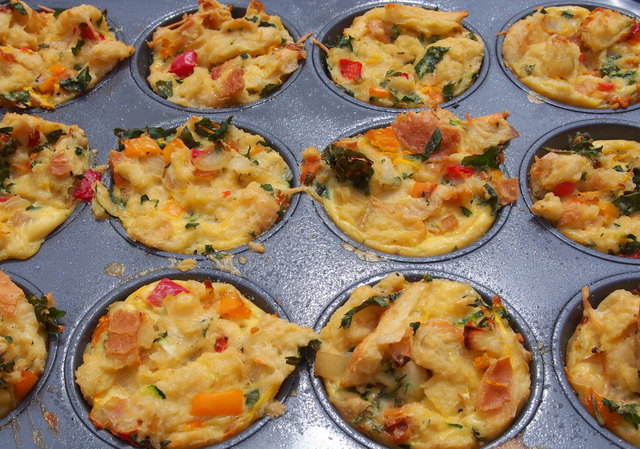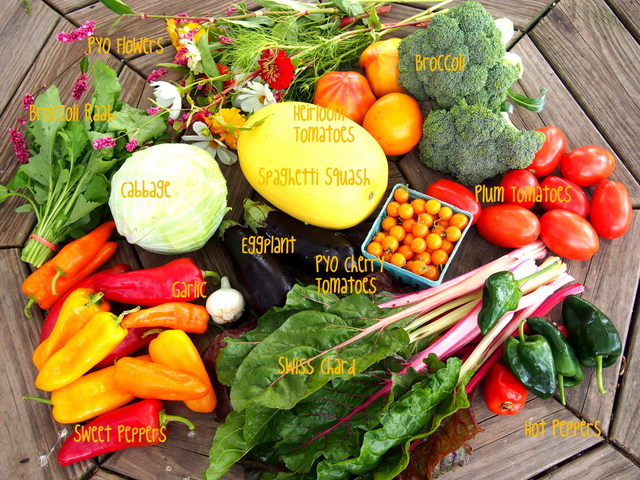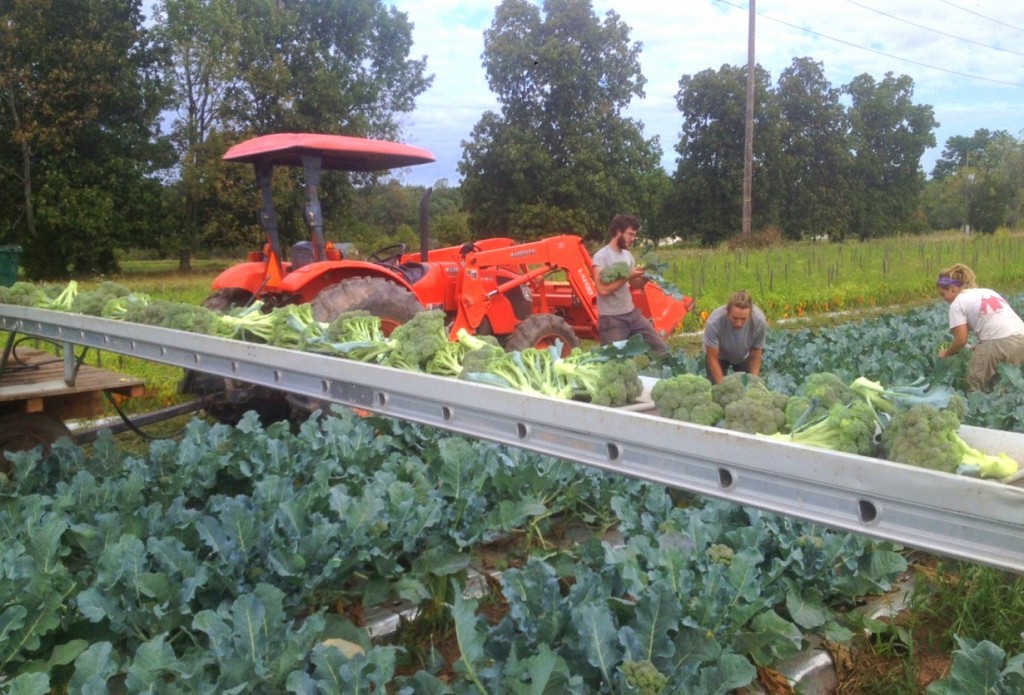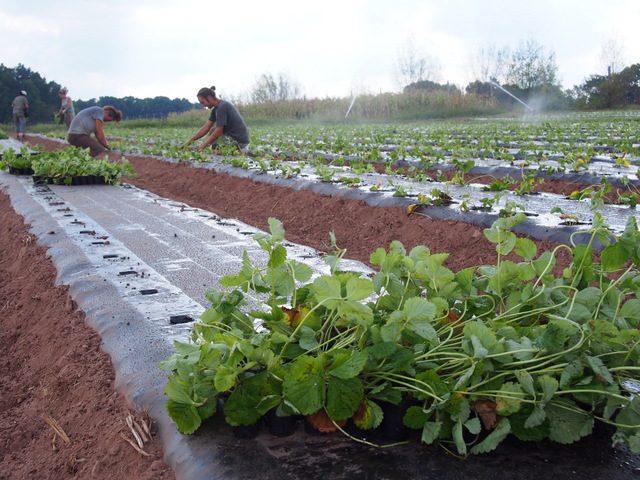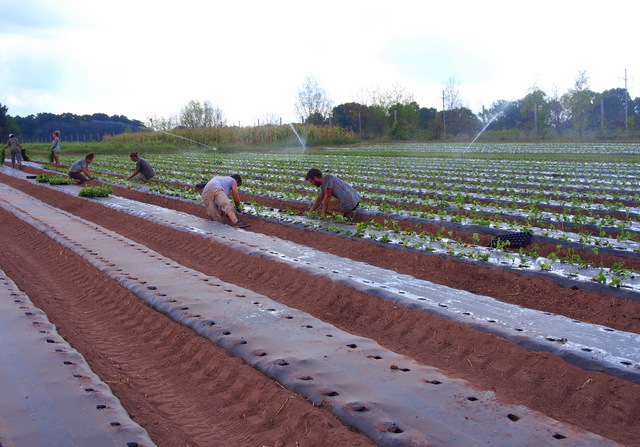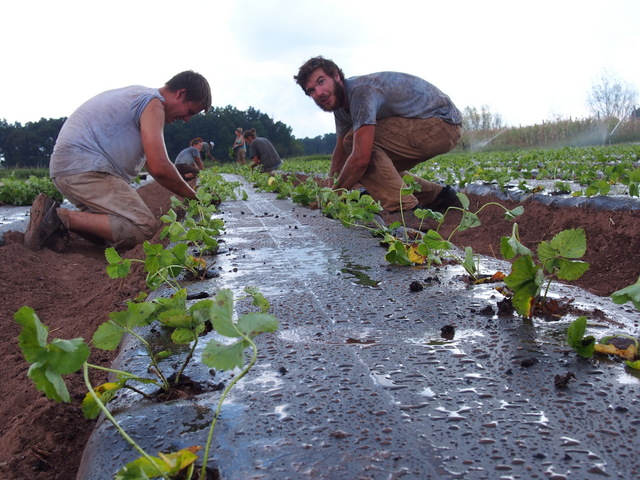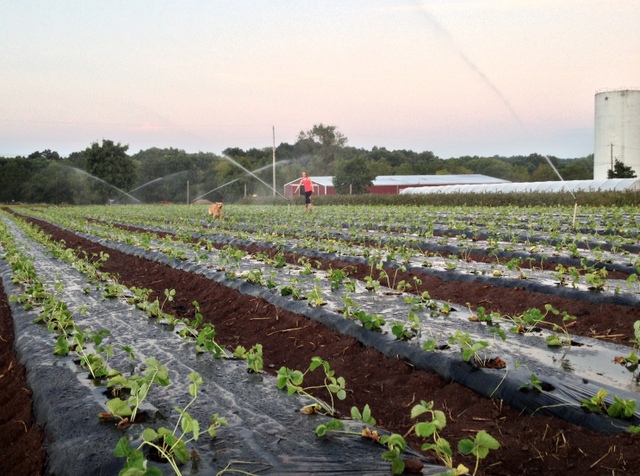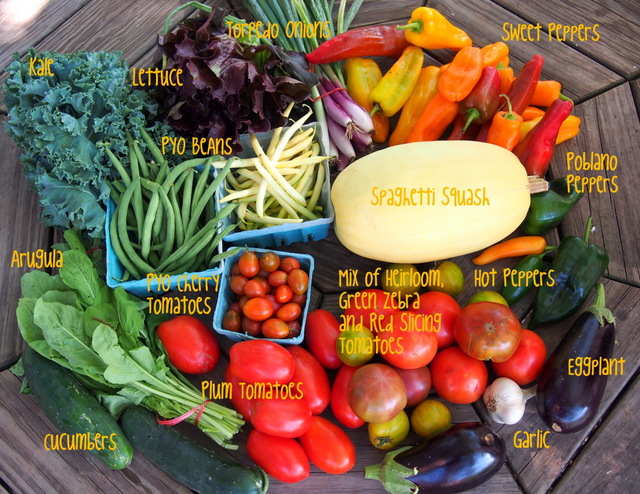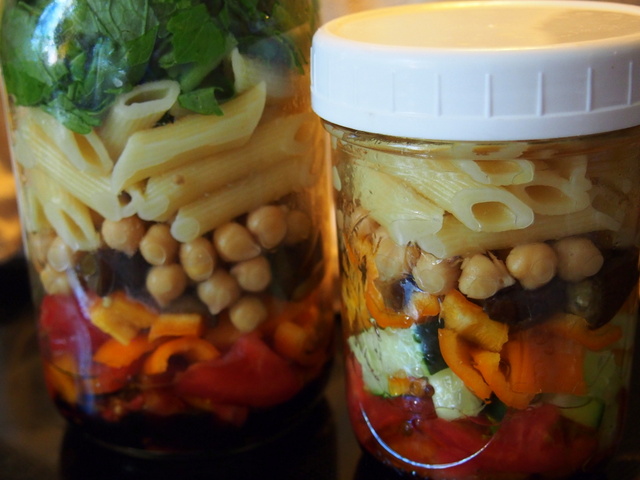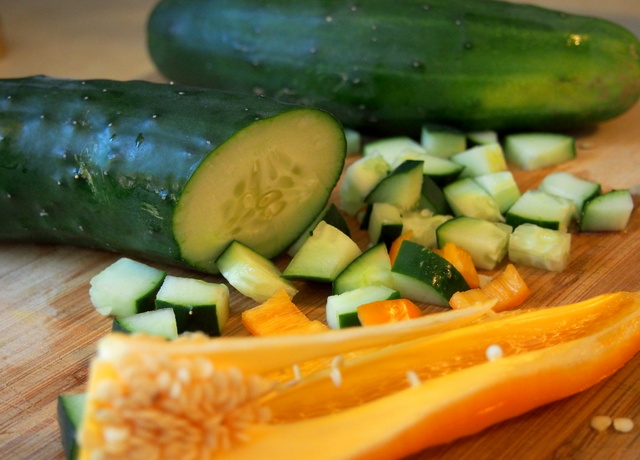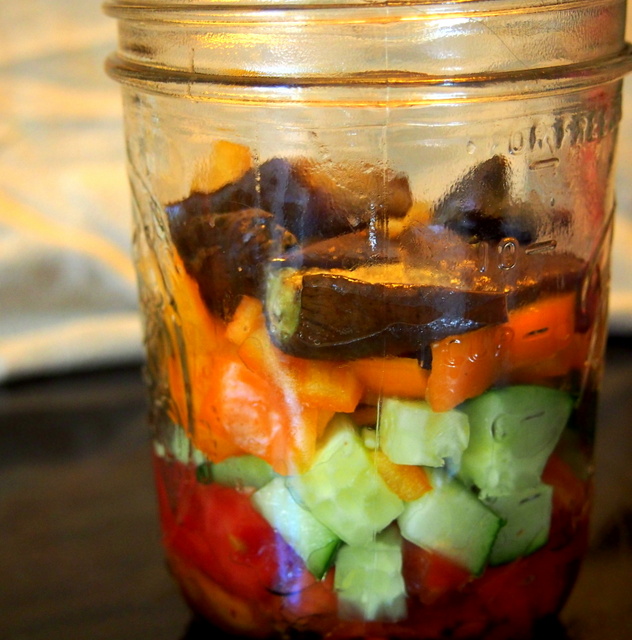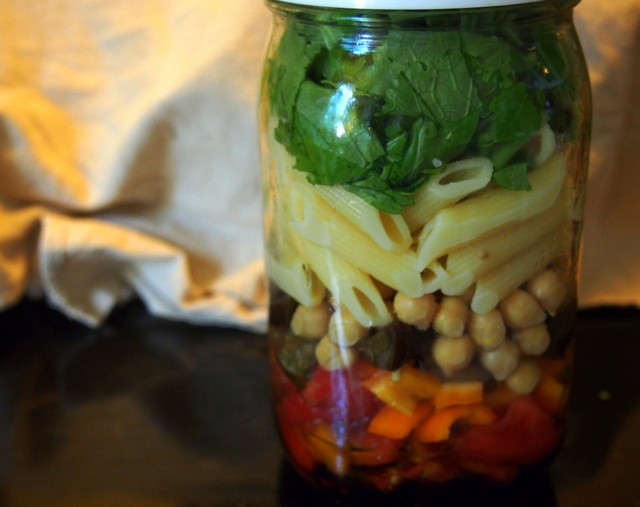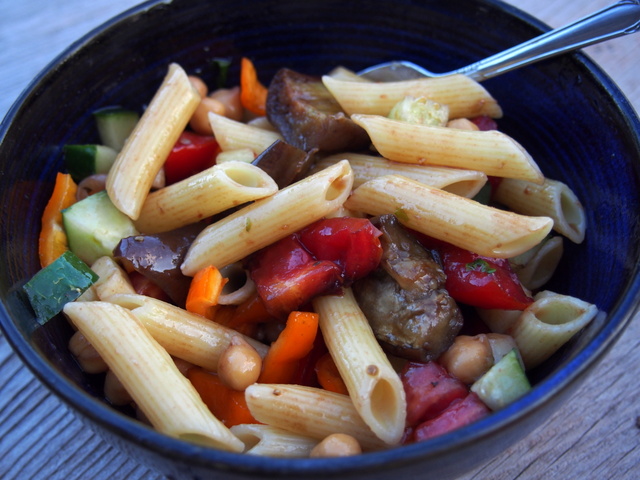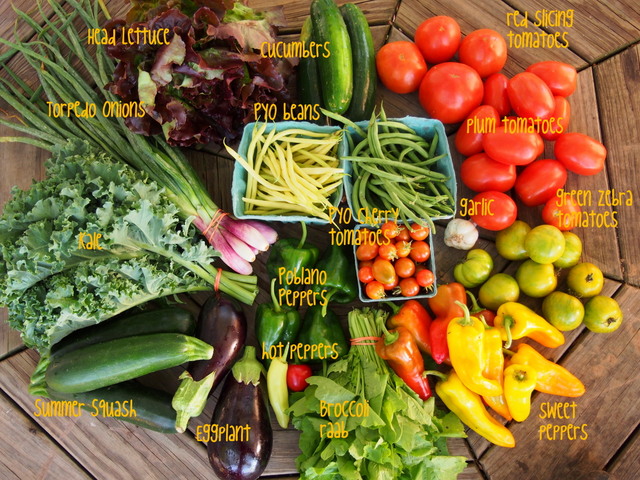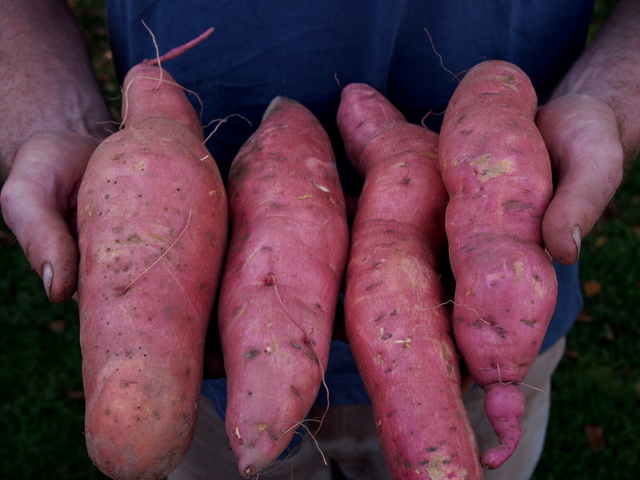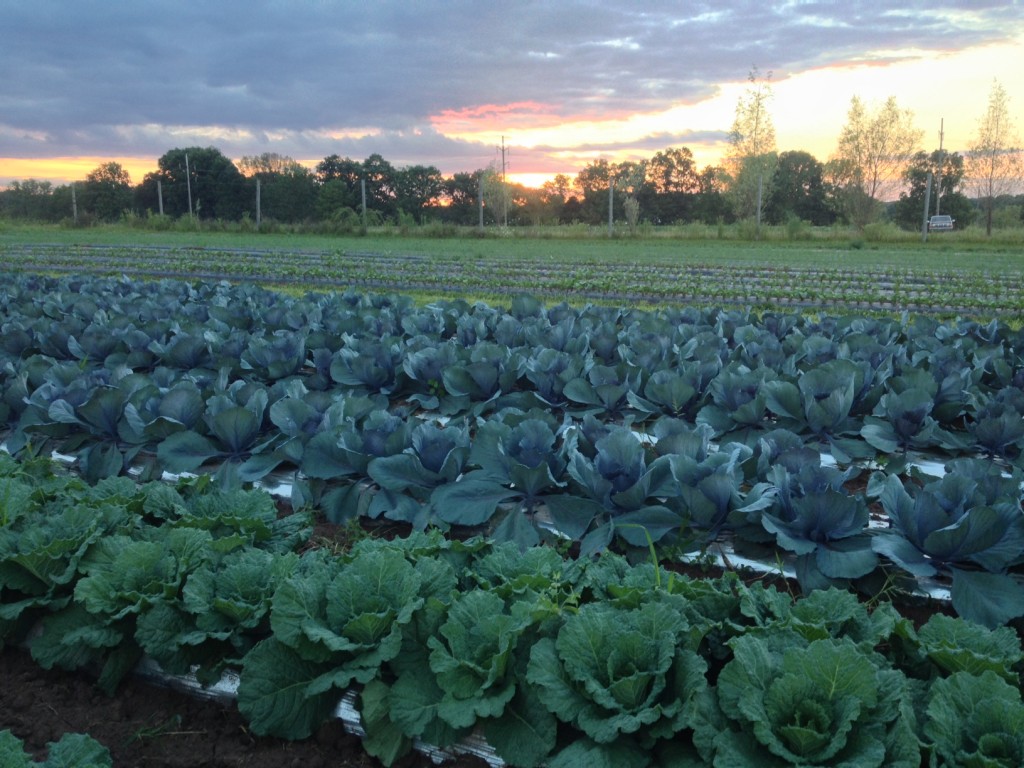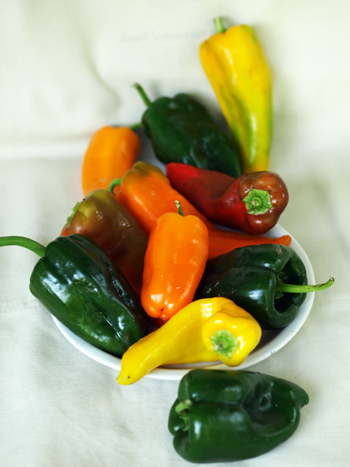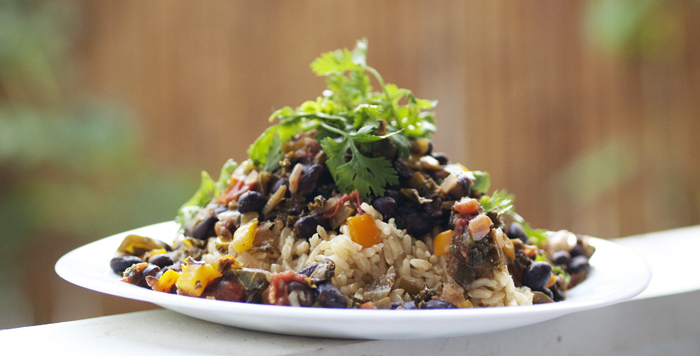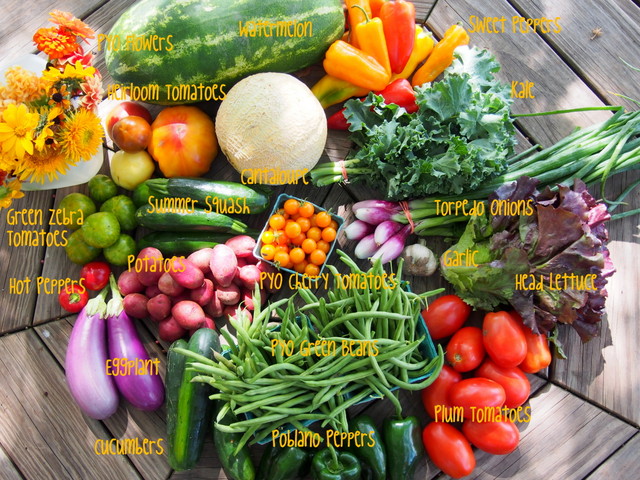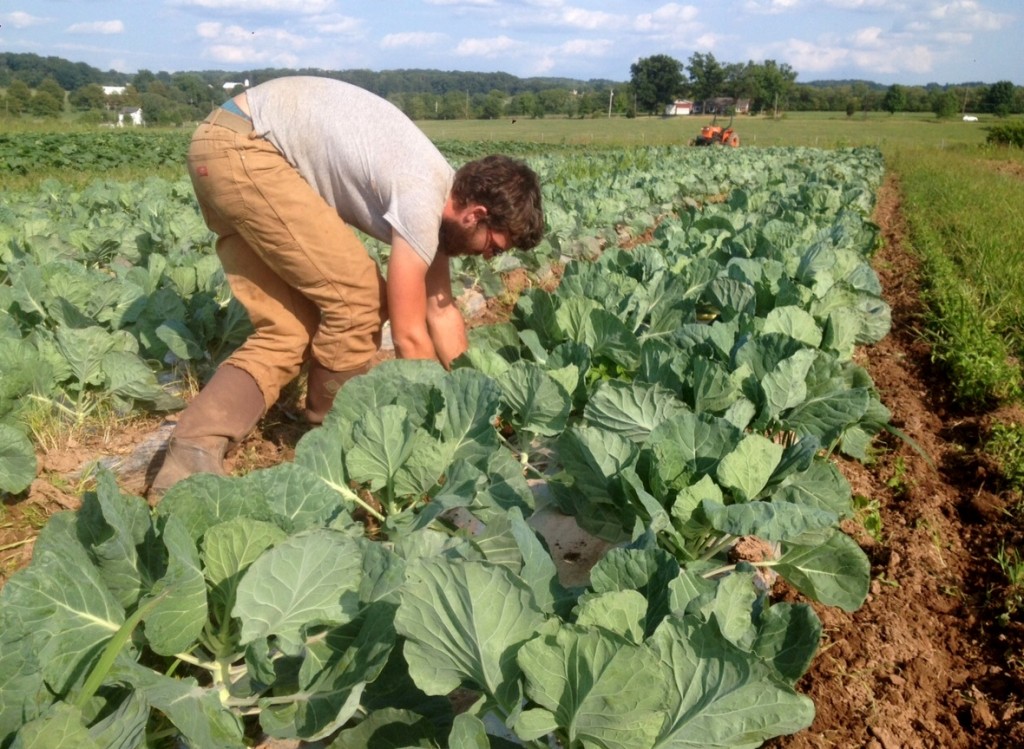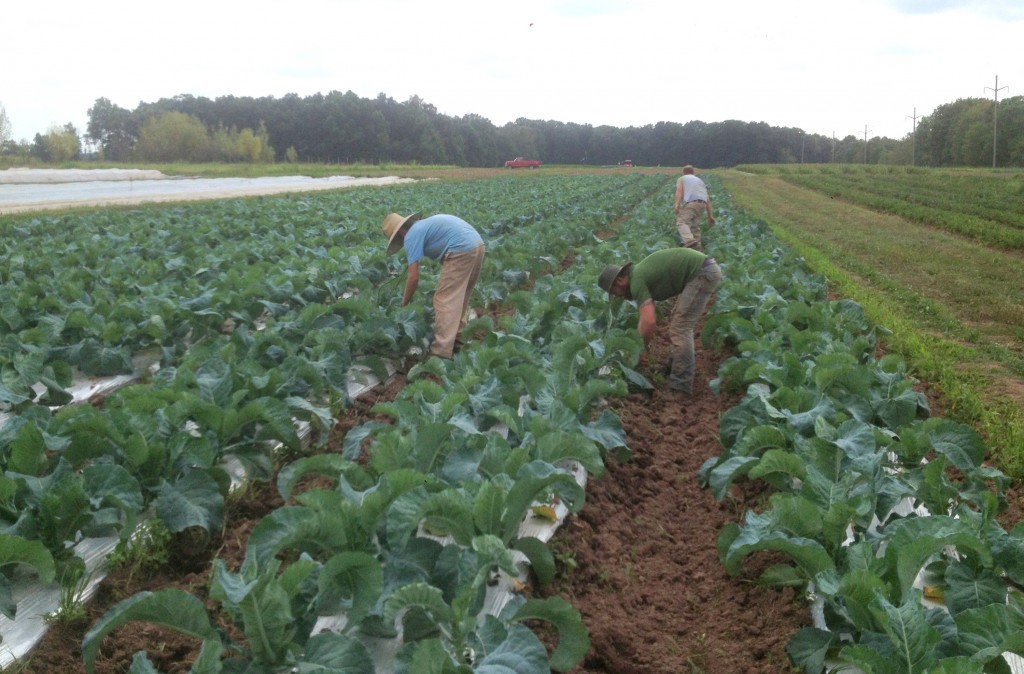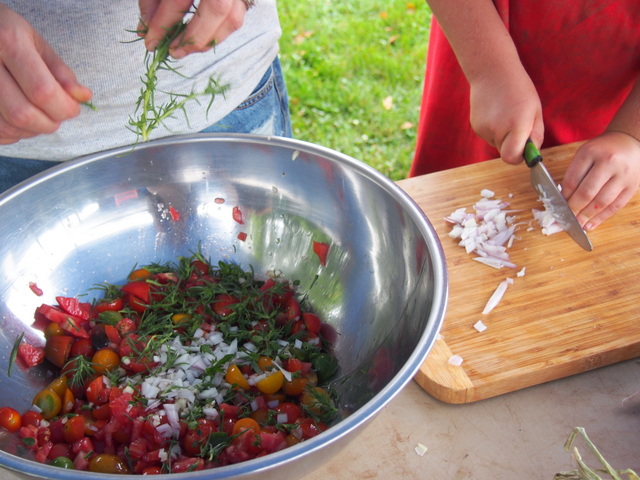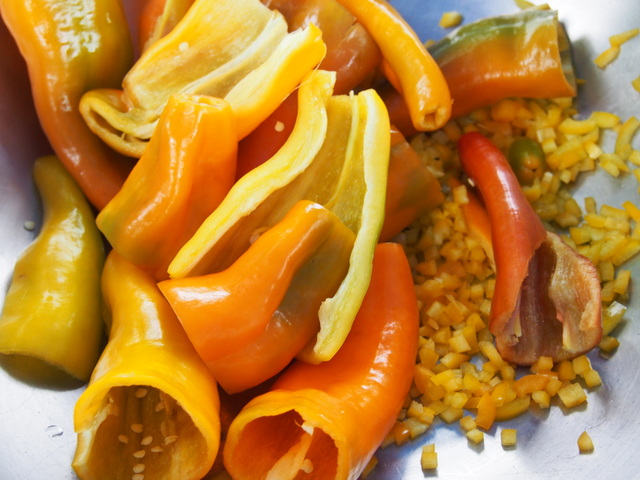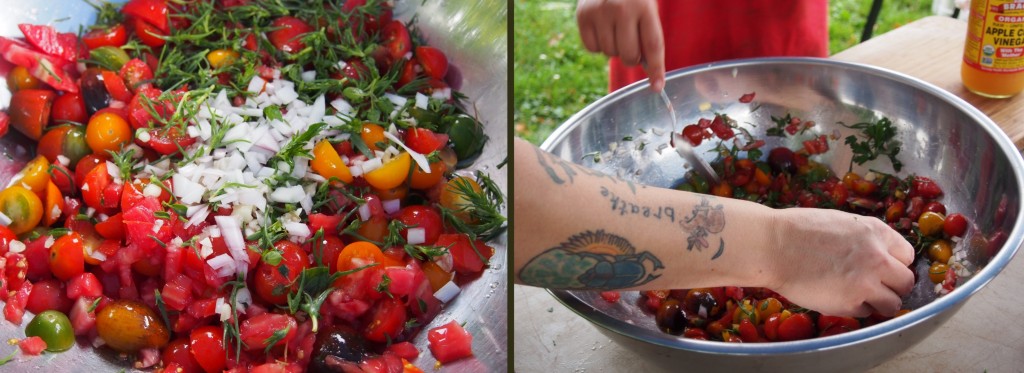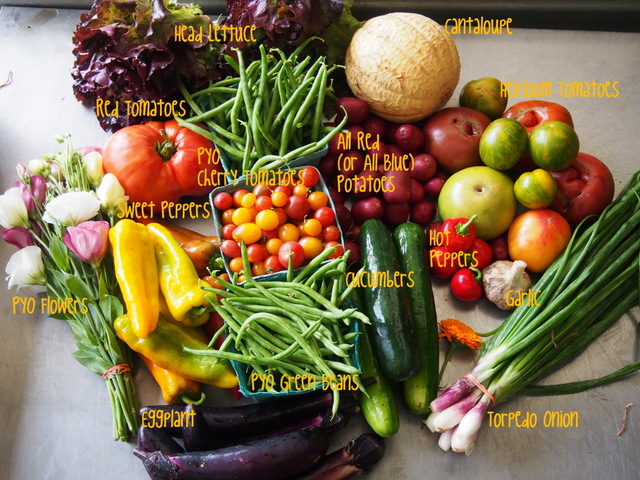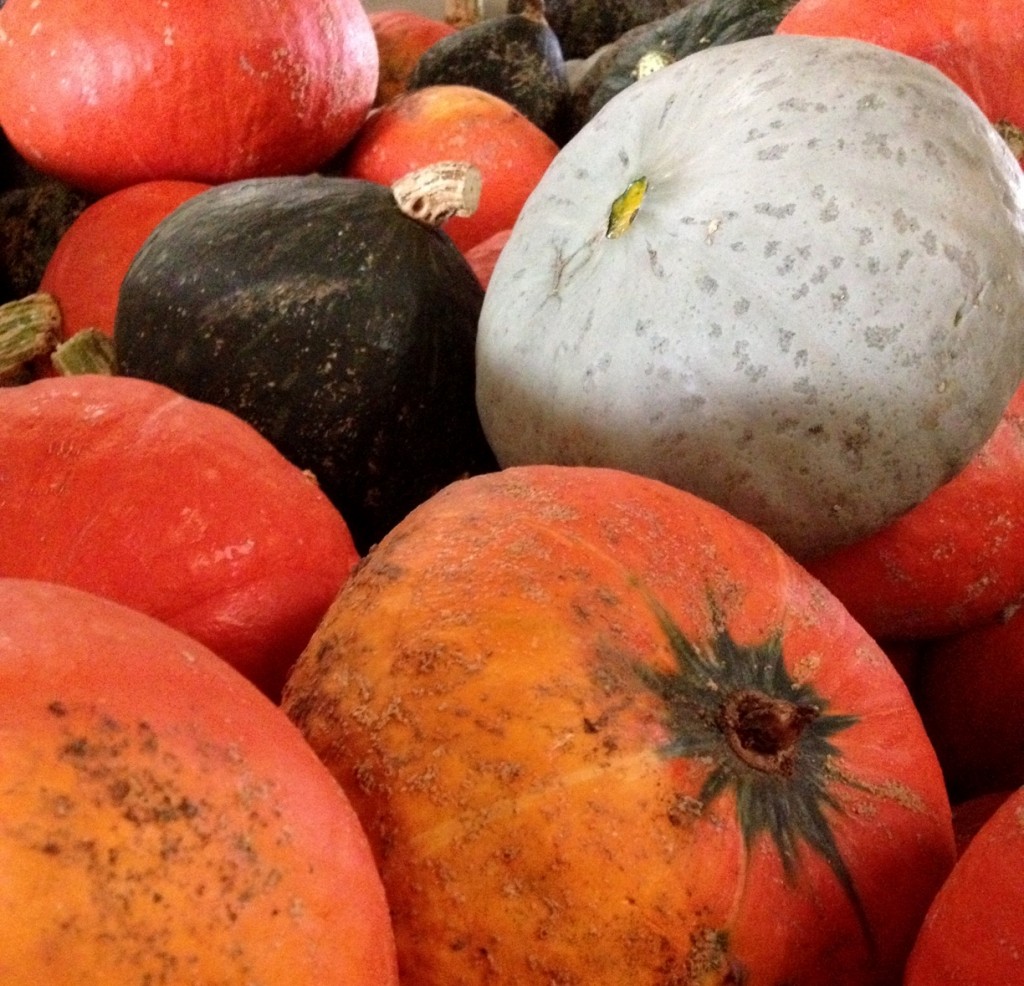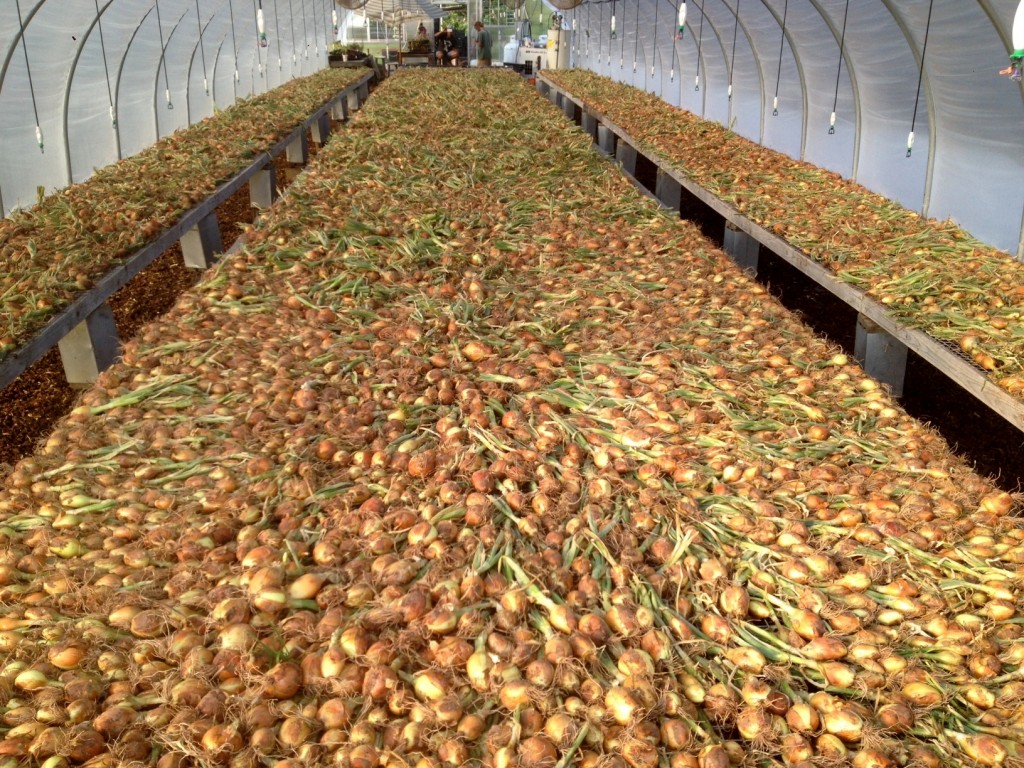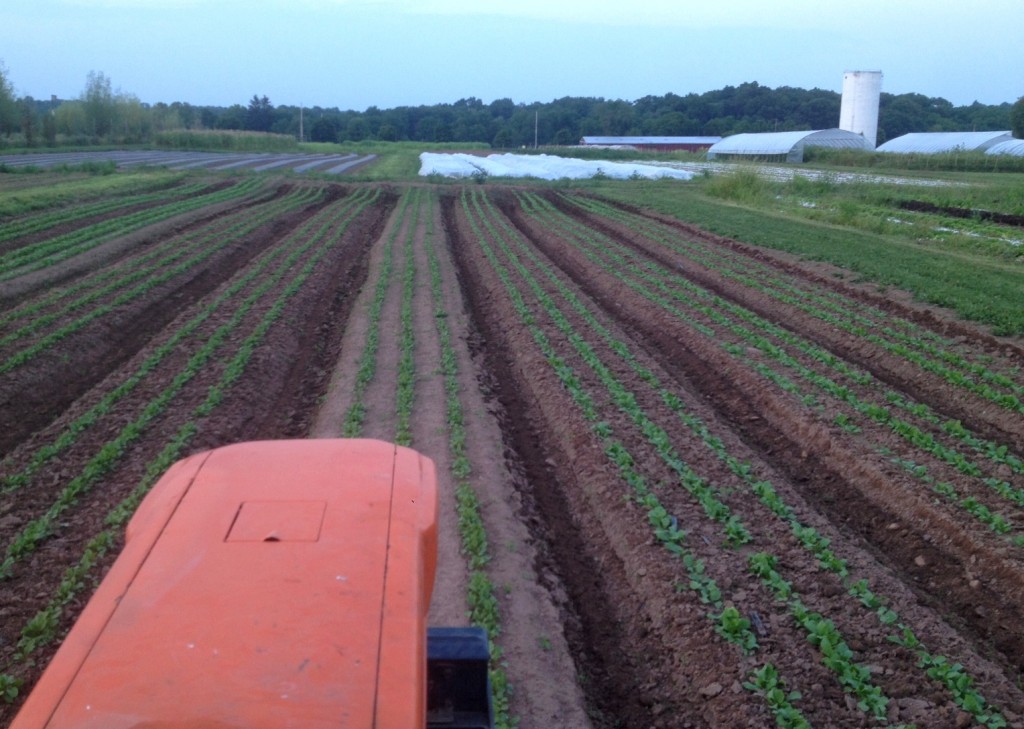17 Sep Autumn exhale
The crops coming from the field are reflective of the change in seasons. I love autumn vegetables- the colors and flavors, the earthy sweetness, the warm satisfying meals. From a farmer’s perspective fall is the one time of year we can really relax- the successes and failures of the season have been determined, the chores are geared more toward harvest and field clean up, the temperatures are friendly to physical labor.
We exhale, and breathe in a feeling of accomplishment. We take in the views from the farm, the colors of the sky and trees and the smell in the air. It’s not the frantic hot pace of summer or the eagerness and anxiety of spring, nor the planning and office work and excel spreadsheets of winter.
This week’s harvest has the first winter squash, as well as kennebec potatoes, broccoli, cabbage and collard greens. Delicata squash is one of my favorites. Also known as sweet potato squash, it is delicious baked in halves or rounds. We’ve featured it in a number of recipes in the blog over the years. Here is one: Sweet & Savory: Warm Curried Millet Salad with Delicata Squash, and another recipe featuring acorn squash: Herbed Acorn Squash & Quinoa Risotta. Unfortunately, we did not have as much success with our acorn squash, but there is plenty of delicata, butternut and kabocha to look forward to.
A little history on Kennebec potatoes: this light tan, thin-skinned potato, though widely grown is rarely seen in grocery stores. They were introduced in the 40’s by the USDA as a good frying spud and subsequently gobbled up by big companies like Lay’s. The Kennebec was destined to a life as a crispy potato chip, or in the case of California fast food chain In-N-Out Burger, a french fry. With its dry and firm texture, and vivid nutty flavor, Kennebec is a potato that tastes like a potato, whether fried, mashed or baked.
Speaking of potatoes, we started digging the sweet potatoes this week. After they are dug they will need to cure in a warm place for 2 weeks to encourage optimum sweetness and longevity. Unlike regular potatoes that grow in hills that are super easy to dig with our tractor drawn potato digger, sweet potatoes grow under a mass of vines and take quite a bit more time to unearth.
 Post and photos by Tricia Borneman, Blooming Glen farmer and co-owner. Tricia and her husband Tom have been growing together since 1996 and farming together since 2000. They started Blooming Glen Farm in 2006. Tricia is passionate about food, community, art and nature and the intersection of all four.
Post and photos by Tricia Borneman, Blooming Glen farmer and co-owner. Tricia and her husband Tom have been growing together since 1996 and farming together since 2000. They started Blooming Glen Farm in 2006. Tricia is passionate about food, community, art and nature and the intersection of all four.





